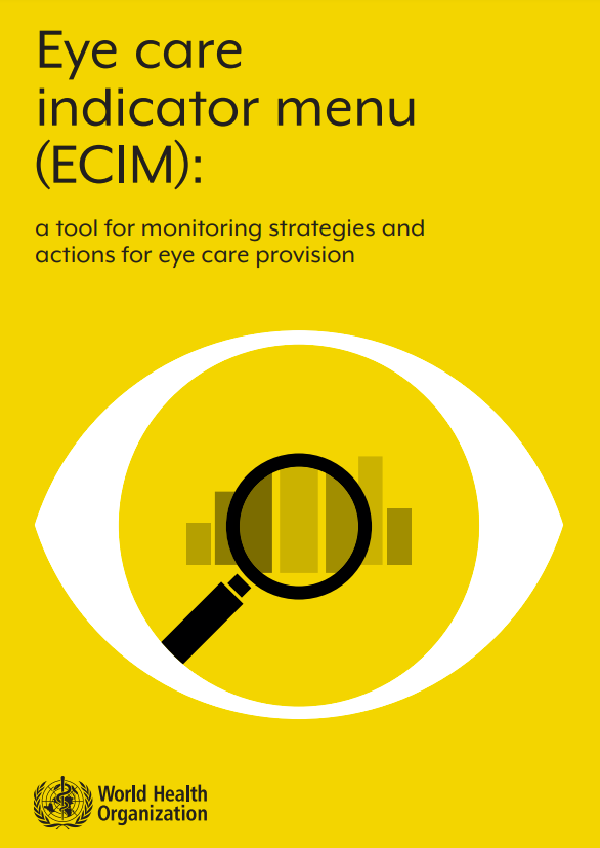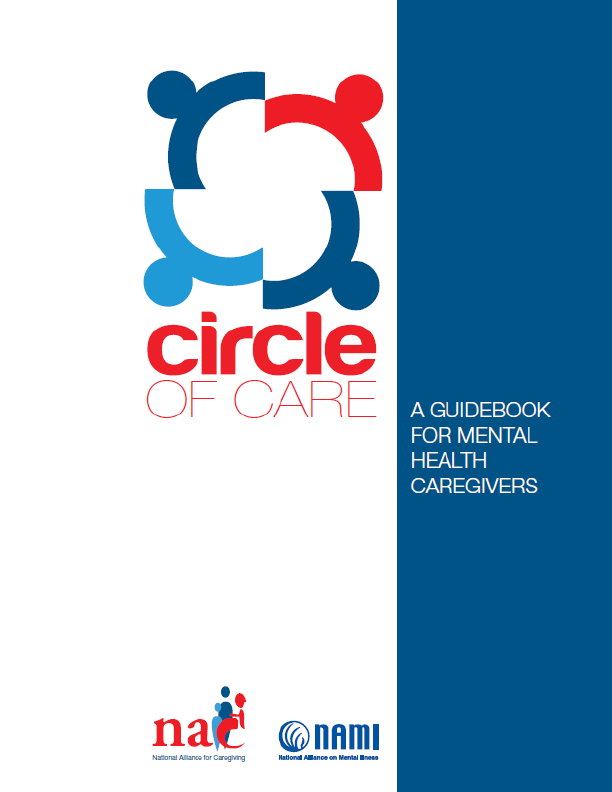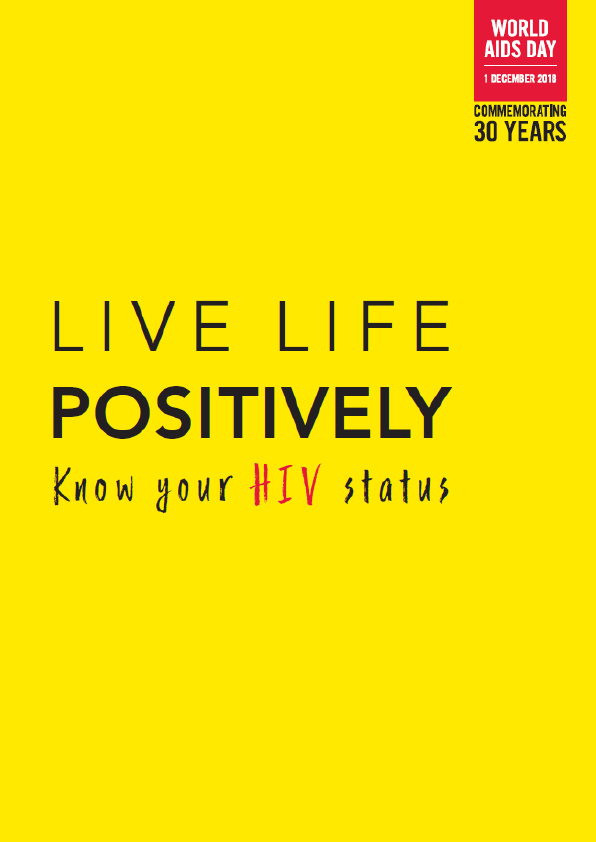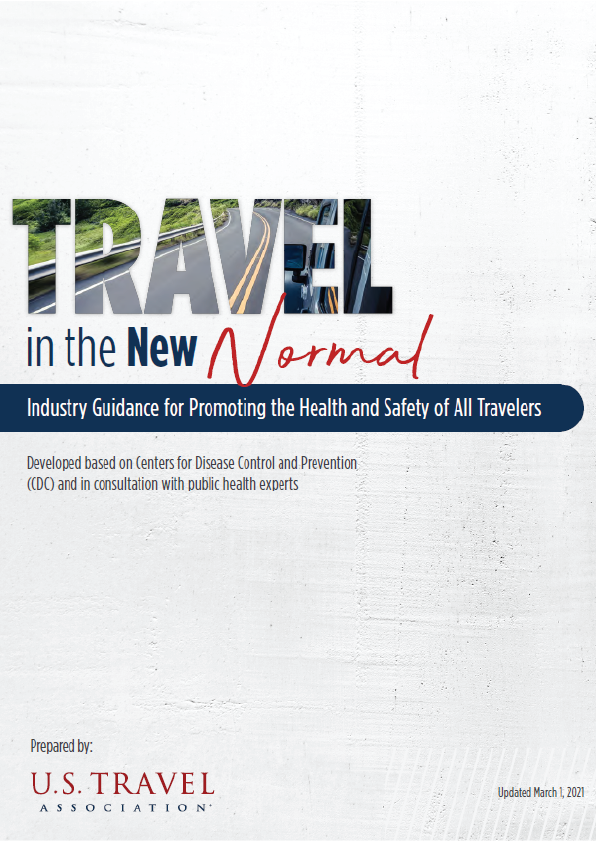The Eye care indicator menu (ECIM) is a comprehensive set of input, output, outcome and impact indicators that Member States can select from to facilitate the monitoring of strategies and actions for eye care provision at the national and/or sub-national level, in line with integrated people-centred eye care. The ECIM provides a purposeful resource for Member States to develop or improve an eye care monitoring framework to monitor the implementation and results of the strategic eye care plan against intended objectives, to integrate eye care into the health information system and to build evidence through eye care data collection.
Globally, at least 2.2 billion people have vision impairment or blindness, of whom at least 1 billion have a vision impairment that could have been prevented or has yet to be addressed. The burden tends to be greater in low- and middle-income countries and underserved populations, such as women, migrants, indigenous peoples, persons with disability, and those in rural communities.
In 2019, the World Health Organization (WHO) published the World report on vision (1) which presented a set of recommendations specifically to make eye care an integral part of universal health coverage (UHC); to implement integrated people-centred eye care (IPEC); and to monitor trends and evaluate progress towards IPEC implementation. The recommendations were endorsed in August 2020 at the Seventy-third World Health Assembly, when WHO Member States adopted resolution WHA 73.4 “Integrated people-centred eye care, including preventable vision impairment and blindness”. The resolution urges Member States to take action and implement the recommendations.
IPEC refers to a set of strategies for planning and providing eye care services and can help address the significant eye care challenges facing many countries. Through IPEC, WHO envisions enabling Member States to provide all people with equitable access to quality eye care as part of health services and according to their needs throughout the life course. In order to plan service delivery effectively and to monitor progress towards implementing IPEC, it is essential that health information systems (HIS) include comprehensive information about eye care.
The Eye Care Indicator Menu (ECIM) provides a comprehensive set of input, output, outcome, and impact indicators. Member States can select indicators that support the process of integration of eye care into their HIS, and that facilitate the monitoring of strategies and actions for eye care at national and subnational level.
What is the purpose of the ECIM?
In the work towards the UHC targets and the Sustainable Development Goals, countries need reliable data to assess the performance of their health services. The ECIM provides a comprehensive set of input, output, outcome, and impact indicators from which Member States can select, to facilitate the monitoring of strategies and actions for eye care at national and subnational level, in line with IPEC.
The ECIM is a list of WHO selected eye care indicators, to be collected at national or subnational level, supporting Member States to:
- Monitor the implementation and results of their strategic eye care plan against intended objectives;
- Integrate eye care into the HIS;
- Build evidence through eye care data collection;
- Identify gaps and successes of the strategic plan;
- Provide evidence for advocacy for further allocation of resources and development.
The ECIM provides a purposeful resource for Member States to develop or improve an eye care monitoring framework. It is crucial for such a framework to be fully integrated within the wider health monitoring and evaluation framework and data collection process, even if planned at a later stage.
The Guide further describes and links the following four new tools developed by WHO to support country planning:
Purpose: Questionnaire based survey tool to comprehensively assess eye care in a country.
Purpose: List of recommended eye care indicators to be collected regularly.
Purpose: Planning and budgeting for eye care at each health system level.
Purpose: Planning tool for eye care human resources based on competencies.











